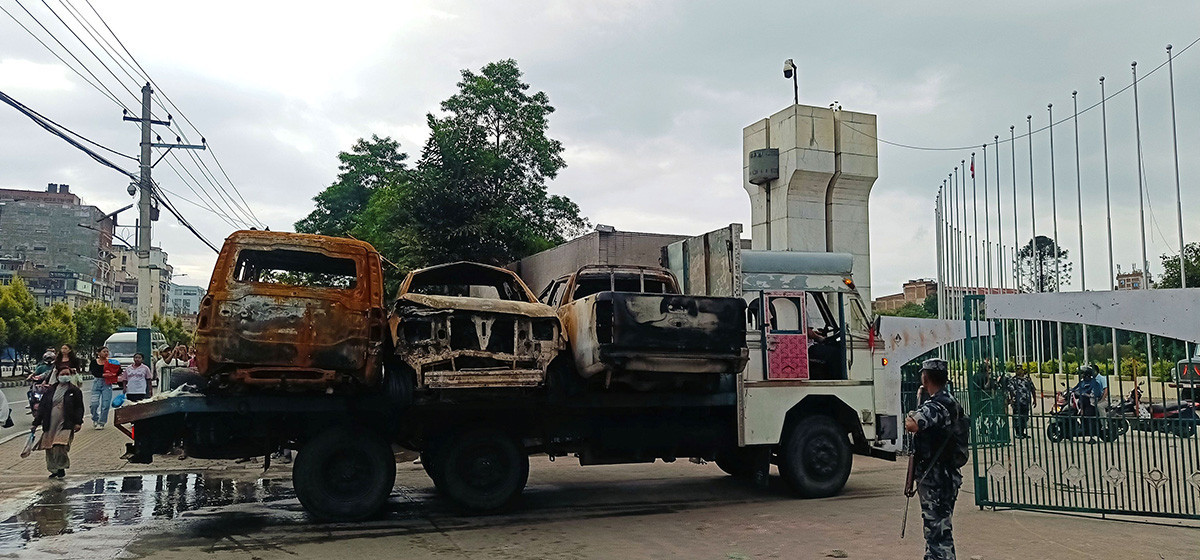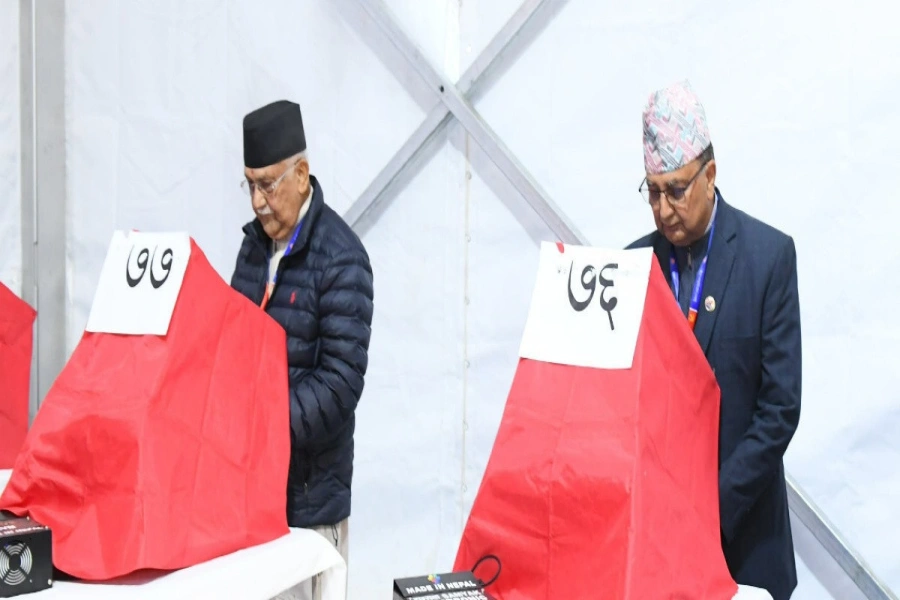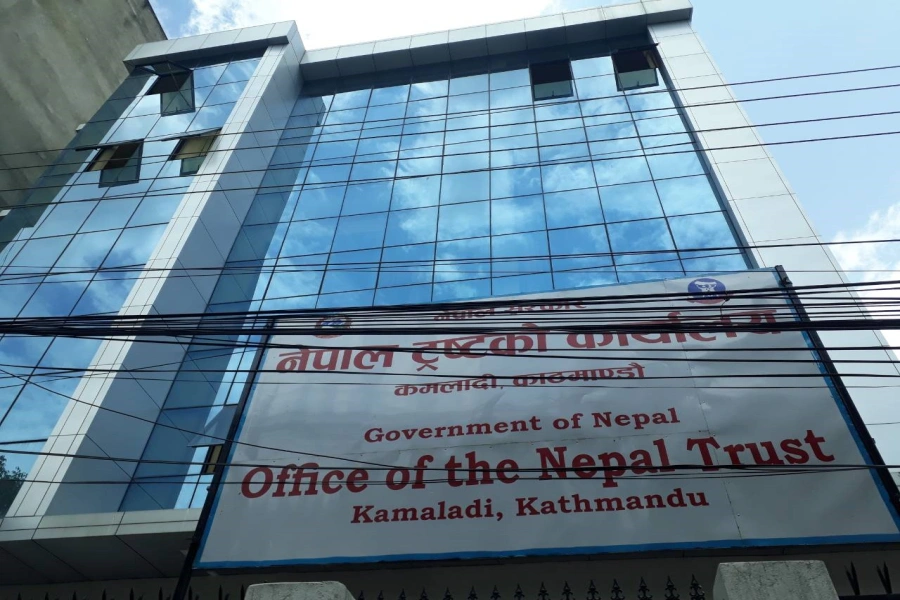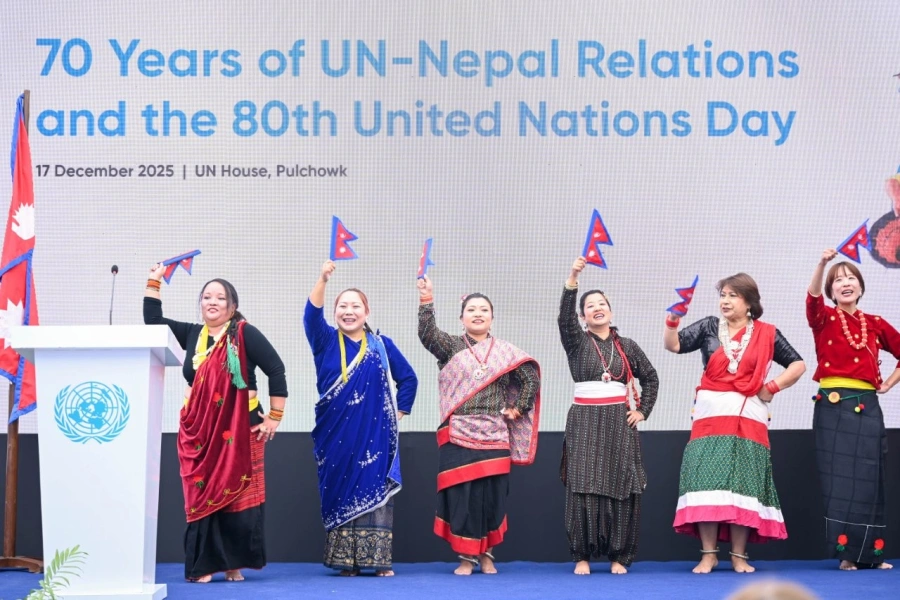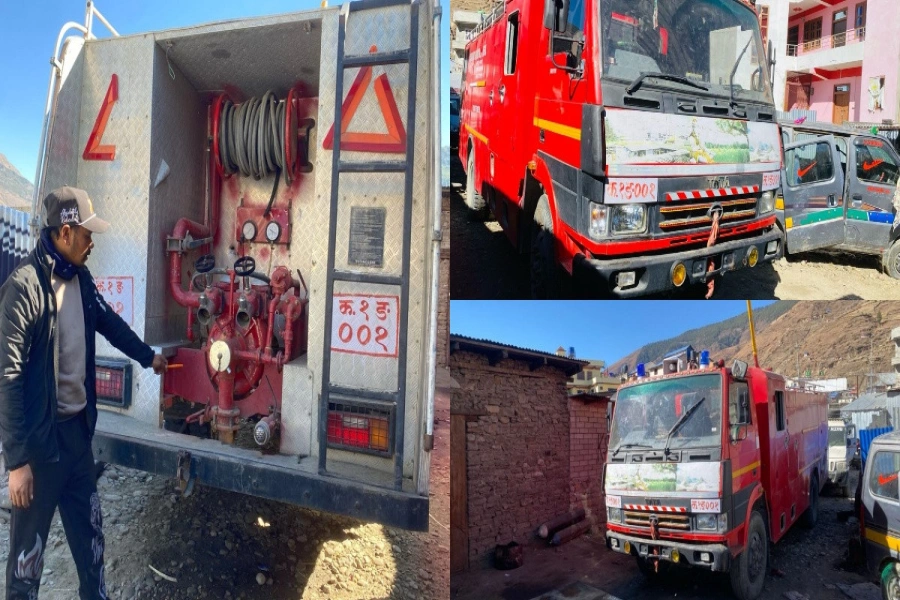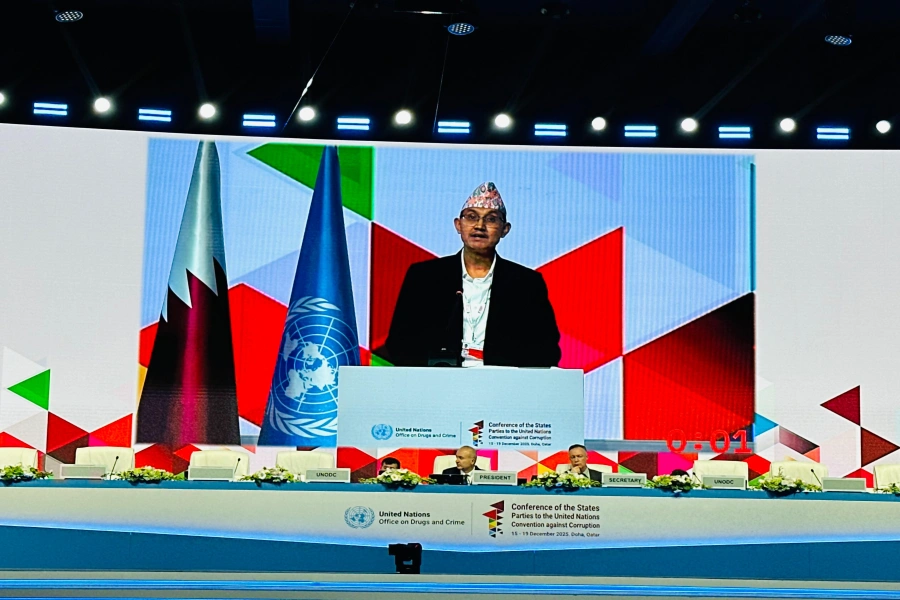KATHMANDU, Sept 19: There is a chance that the localization plans and policies relating to disaster risk reduction and management (DRRM) will remain more in theory than in practice due to gaps in funding and institutional setup despite plans and policies arrangements at the federal, provincial and local levels, a study reveals.
The scoping study undertaken by the Harvard Humanitarian Initiative (HHI) through its Program for Resilient Communities has come up with the findings while assessing strengths and gaps in terms of capacity, coordination, and knowledge management for preparation and management of any disasters in future scenarios effectively.
“Nepal has made significant strides in improving its DRRM policies in recent years. However, the capacity of working officials and stakeholders must be strengthened before the DRRM policy framework can be fully implemented,” the report released today states.
According to the report, government and non-government actors have formed different platforms for knowledge exchange and effective coordination between agencies working on disaster management, yet the declining funding volume in DRRM in Nepal has impacted these networks. “Rapid adaptations of legislation to facilitate the shift towards a decentralized approach in governance have created confusion among agencies, affecting the coordination mechanism for effective risk governance and management of disasters,” the report reveals.
IOM plans to train all 753 local level officials in Nepal on di...

The legislation formation procedure of the Government of Nepal is extremely complicated. Due to such loopholes, the council and cabinet are making ad hoc decisions, which are becoming a key problem in strengthening the country’s disaster governance, according to the study.
The study highlights the importance of key responders and discusses their roles in managing the disaster. It has found that the overlapping mandates for response of security agencies could pose some problems in the future and suggests having classified responsibilities for security agencies to make them more accountable.
Regarding the institutional DRRM, the study has pinpointed the hurdles of NDRRM Authority in achieving its goals. Furthermore, the study has identified significant gaps in knowledge management and capacity enhancement of disaster governance officials and management professionals. The study suggests that research and training institutions can bridge the gap by bringing agencies together to share their knowledge, experiences, and learning that can help DRR programming in local communities.
“Nepal is among the countries most vulnerable to climate change impacts. From glacial lake outburst floods in the north, exacerbated by warming temperatures, to flooding in the south, impacted by increased rainfall, climate poses a direct threat to infrastructure, agriculture, health, and livelihoods. Local communities will be at the forefront of this and it is important to explore how local actors are thinking about and preparing for climate-related impacts on their communities,” said HHI Resilient Communities Program Director Dr Vincenzo Bollettino in a statement.
“HHI’s program in Nepal will focus on developing an evidence base on factors that contribute to local resilience and preparedness for climate change impacts,” said Dr Bollettino.
HHI conducted the scoping study, which included literature review, consultations with stakeholders and key informant interviews (KIIs) with different government and nongovernmental agencies working in the DRRM sector in Nepal this year, according to Nepal HHI Resilient Communities Program’s project lead Ganesh Dhungana.
HHI is a University-wide academic and research center in humanitarian crisis and leadership. The mission of HHI is to create new knowledge and advance evidence-based leadership in disasters and humanitarian crises. HHI noted that the study only provides a quick overview of the most critical issues and challenges confronting DRRM in Nepal and does not cover all aspects of DRRM in the country.




